Discover your 100% Free Loyalty Programme | Discover

Brut Champagne
Embodying the true essence of the signature style of each House, a Brut Champagne is produced each year from blend composed by the Cellar Master. Whatever the quality of the vintage and the yield of...Read More
Products (537)


€494.00 Incl. VAT
€82.33 / Unit
In-Stock

€308.00 Incl. VAT
€333.00
€51.33 / Unit
In-Stock
MILLESIMA PREMIUM
Rewarding you for your loyalty.


€1,724.00 Incl. VAT
€287.33 / Unit
In-Stock


€278.00 Incl. VAT
€46.33 / Unit
In-Stock




€331.00 Incl. VAT
€55.17 / Unit
In-Stock

€322.00 Incl. VAT
€53.67 / Unit
In-Stock

€389.00 Incl. VAT
€64.83 / Unit
In-Stock
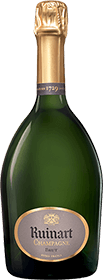




€522.00 Incl. VAT
€87.00 / Unit
In-Stock


€374.00 Incl. VAT
€389.00
€62.33 / Unit
In-Stock




€368.00 Incl. VAT
€61.33 / Unit
In-Stock

- White
€340.00 Incl. VAT
€365.00
€56.67 / Unit
Stock currently at the producing estate – Will ship after 30 December 2025
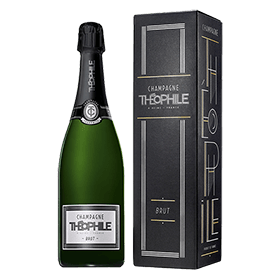
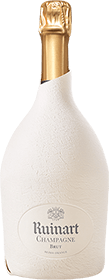

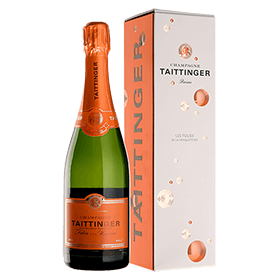
€482.00 Incl. VAT
€80.33 / Unit
In-Stock

€463.00 Incl. VAT
€77.17 / Unit
In-Stock

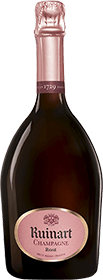
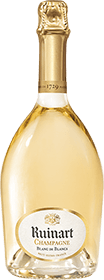

- White
€339.00 Incl. VAT
€56.50 / Unit
Stock currently at the producing estate – Will ship after 21 January 2026

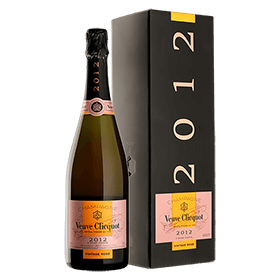
€574.00 Incl. VAT
€95.67 / Unit
In-Stock


€346.00 Incl. VAT
€57.67 / Unit
In-Stock


€414.00 Incl. VAT
€69.00 / Unit
In-Stock

€598.00 Incl. VAT
€99.67 / Unit
In-Stock

€623.00 Incl. VAT
€103.83 / Unit
In-Stock
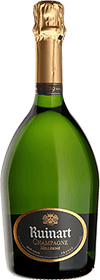


€316.00 Incl. VAT
€52.67 / Unit
In-Stock
Single bottle
2019
2018
2017
2016
2015
2014
2013
2012
2011
2010
2009
2008
2007
2006
2005
2004
2003
2002
2000
1999
1998
1997
1996
1995
1993
1992
1990
1989
1988
1985
1983
1982
1981
NV
Half-bottle
37.5CLBottle
75CLMagnum
1.5LJeroboam
3L - 5LMathusalem
6LSalmanazar
9LBalthazar
12LNabuchodonosor
15LSalomon
18LPrimat
27LMelchisedech
30LOthers
--Rosé (114)
White (410)